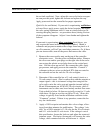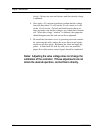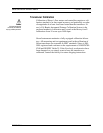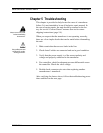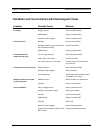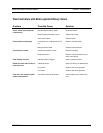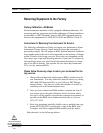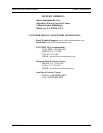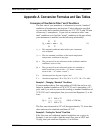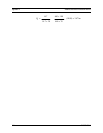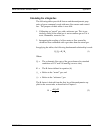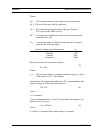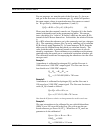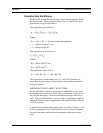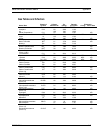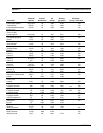
Series 830/840/860 Instruction Manual Appendix A
IM-83/84/86-H A-1
Appendix A Conversion Formulas and Gas Tables
Conversion of Flow Rate to Other T and P Conditions
The flow rate of your transducer is referenced to certain “standard”
conditions of temperature and pressure. Unless otherwise specified
in your order, these standard conditions are 21°C (70°F) and 760 mm
of mercury (1 atmosphere). If you wish to convert to other “stan-
dard” conditions or to find the “actual” conditions in the pipe where
your instrument is installed, use the following relationship:
P
1
T
2
Q
2
= Q
1
(1)
P
2
T
1
( )
1
= The standard conditions under which your instrument
was calibrated,
( )
2
= The new standard conditions or the actual temperature
and pressure conditions in the pipe,
Q
1
= The gas mass flow rate referenced to the calibrated standard
conditions (sccm or slm),
Q
2
= The gas mass flow rate referenced to the new standard or
actual conditions (sccm or slm—“S” means “standard,”
accm or alm—“A” means “actual”),
P = Absolute pressure (kg/cm
2
or psia), and
T = Absolute temperature (°K or °R) (°K = °C + 273, °R = °F + 460).
Example 1: Changing “Standard” Conditions
If your transducer has a flow rate reading of 10.00 slm and was cali-
brated at standard conditions of 70°F (21°C) and 1 atmosphere (14.7
psia), and if you wish to convert this reading to standard conditions of
32°F (0°C) and 1 atmosphere, then you would use Equation (1) as fol-
lows:
14.7 460 + 32
Q
2
= (10.0) = 9.28 slm
14.7 460 + 70
The flow rate referenced to 0°C will be approximately 7% lower than
when referenced to standard conditions of 21°C.
Example 2: Finding the “Actual” Flow Rate
If the flow rate and calibrated standard conditions are as given in
Example 1 and you wish to find the actual flow rate at 100°F and
30 psig, then you would use Equation (1) as follows:



